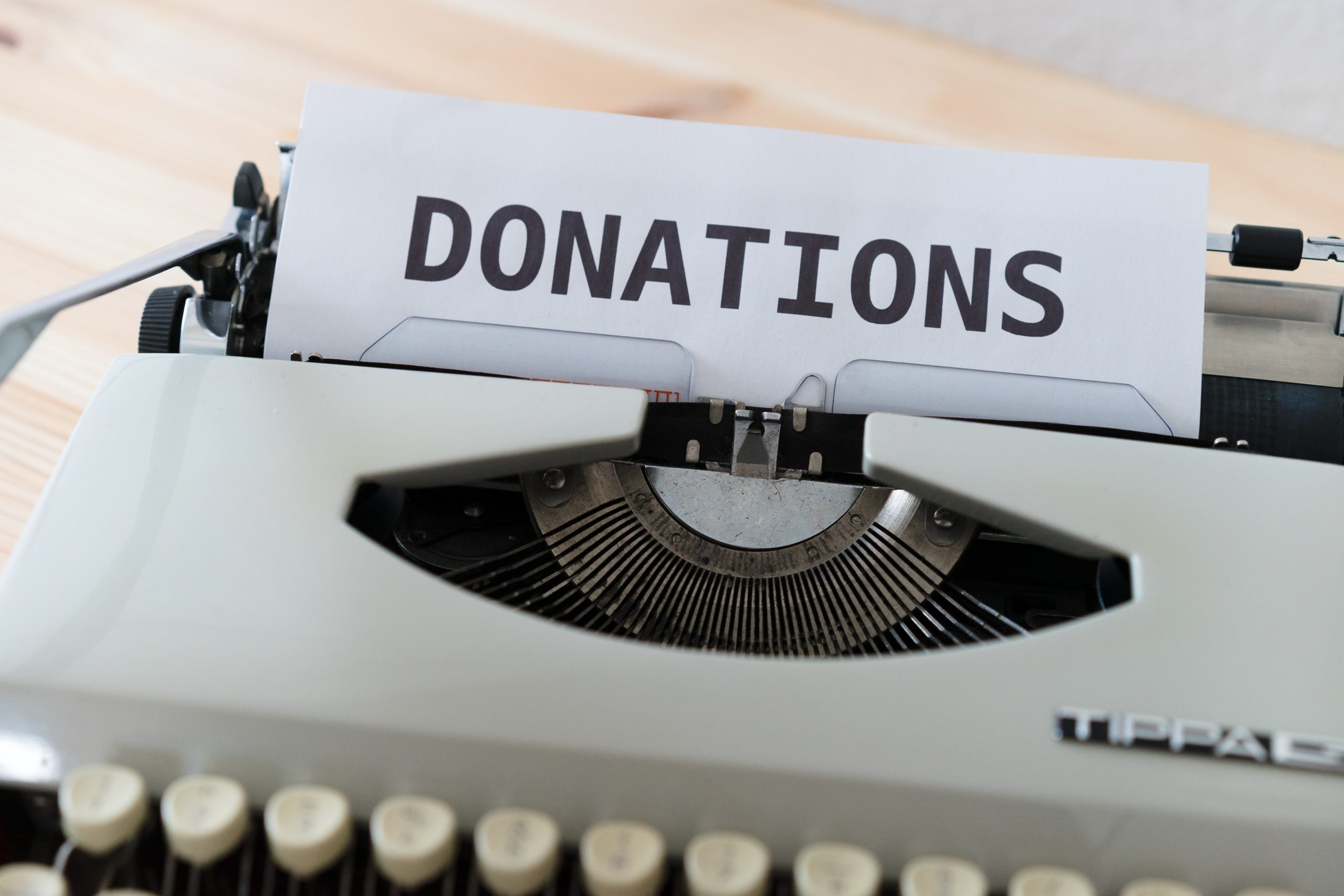Insights
The Good, the Bad, and the Ugly of Nonprofit Communications in 2020.

Between a global pandemic, economic tumult, a mass movement against racism and injustice, and a whirlwind presidential election, 2020 was a big year for nonprofit organizations and advocacy groups. Even organizations not directly involved in civil rights advocacy or political campaigning weren’t exempt from taking a stand. Meanwhile, fundraising was a rollercoaster. Millions of cash-strapped Americans pulled back spending while others made generous donations.
As a result, organizations without a thoughtful, strategic communications plan risked being left behind in terms of resources, relevance, and reputation. Some groups successfully raised awareness for their issues; others, not so much. Here, we run through three case studies—good, bad, and ugly—from this year and dig out some of their lessons.
The Good: Fair Fight and Stacey Abrams
It’s no exaggeration to say Stacey Abrams won the state of Georgia for President-elect Joe Biden. Her Fair Fight campaign got tens of thousands of Georgia residents registered to vote and fought voter suppression nationwide. It also ran a sterling communications campaign that continues to bear political fruit.
Fair Fight’s message discipline was unerring. Rather than endorse candidates or advocate a broad policy platform, the organization talked about what it knew best: voting rights, an issue with widespread support across the political spectrum. Even before the election, it was widely acknowledged—sometimes by Abrams herself—that Georgia was in play for Biden because of Fair Fight.
The media storm since the election has been even more impressive. The New York Times, Politico, ABC's The View, Rolling Stone, and many other outlets have covered Abrams, who has been on a nonstop media tour. That’s no accident. Abrams isn’t content with a Democrat in the White House—she wants the Senate too. The more Abrams can talk up her organization leading up to the Georgia runoffs, the more funding Fair Fight can secure.
A prominent figurehead isn’t necessary to run smart media campaigns. A great deal of Fair Fight’s success has come from their remarkably consistent messaging and singular focus, something any group can do. And instead of riding off into the sunset, Fair Fight is trying to parlay its successes and national attention into further funding for the upcoming election and beyond.
The Bad: Exodus Cry, HBO, and Melissa McCarthy
Earlier this year, HBO Max and Melissa McCarthy teamed up for “20 Days of Kindness,” donating $20,000 each to 20 different charities. The organizations were mainly big-ticket nonprofits that command automatic respect (e.g. The Trevor Project, Make-A-Wish, Girls Who Code, etc.).
And then came the headline: “Why Are HBO and Melissa McCarthy Raising Money for an Anti-LGBTQ Group?” As it turned out, one recipient organization’s founder had condemned same-sex marriage and compared abortion to the Holocaust. Others loosely connected to the organization have—somehow—made even more offensive statements.
McCarthy and HBO were quick to remove Exodus Cry from the program and apologize for selecting them in the first place. That said, the whole debacle sapped precious attention away from the initiative. The lesson is pretty obvious for any foundation or corporate CSR arm trying to do good: do your research first. Exodus Cry had attracted controversy for years—a quick Wikipedia search could’ve told HBO everything they needed to know.
The Ugly: GoFundMe
GoFundMe has become the go-to crowdfunding platform for every cause imaginable. In 2020, it facilitated massive contributions to the George Floyd Memorial Fund ($14.7 million from 500,000 donations), America’s Food Fund ($44.6 million), and numerous bail funds for racial justice protesters throughout the country. The donation clearinghouse—a for-profit company itself—swelled in size and notoriety throughout 2020, resulting in inevitable—potentially damning—media coverage.
As one Slate piece put it: “Its users beg for the donations they get. GoFundMe just piggybacks on their efforts, hoping to get another cut out of the kindness of people’s hearts—or out of people not noticing a 15 percent tip is GoFundMe’s default option. In one sense, I do have to credit GoFundMe for putting their money where their mouth is, by making its revenue a charitable gift of sorts. At the same time, I don’t love what this implies: a future where all of our income is derived from the kindness of strangers, where all our needs are either met or not met because someone felt moved to drop a little change into our cups.”
It’s not GoFundMe’s fault that people are turning to crowdfunding to handle funeral expenses, unemployment, and more. But it’s also not great to constantly be associated with those things. GoFundMe’s identity is now intimately connected to the gaps in the social safety net it helps patch. Instead of preempting that media wave with positive messaging and needed product improvements, the company has cemented its coronavirus-era reputation as Fundraiser-of-Last-Resort.
A Look Ahead
With a new president in the White House, a pandemic still chugging along, and widespread economic unease, organizations have plenty of big communications challenges to overcome in 2021. But if the nonprofit world’s winners and losers from 2020 are any indication, the charge for communicators remains the same: have a plan, be consistent, and do your research.